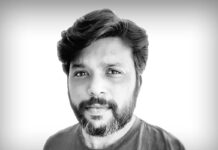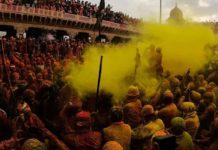Danish Siddiqui, a Jamia Millia Islamia alumnus, the first Indian to win Pulitzer Prize (for capturing the plight of Rohingya people in Myanmar 2018) & Reuters photojournalist, was reportedly killed by Taliban Insurgent while covering a clash between Afghan security forces and Taliban forces near a border crossing with Pakistan. The avid photojournalist was in Kandahar over the last few days covering the internal security situation in Afghanistan. On social media, Siddiqui had been actively posting images from Afghanistan.
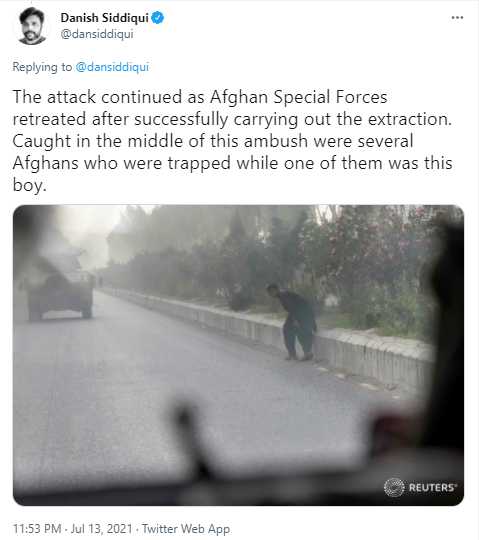

The Delhi Riots 2020
The 41 years old was the man with a dream to narrate stories to the world through his lens. Once he said, “I respect my subjects the most – they give me my inspiration.”Working for Reuters since 2010, he clicked some of the heart-wrenching scenes at the infamous Delhi Riots 2020.
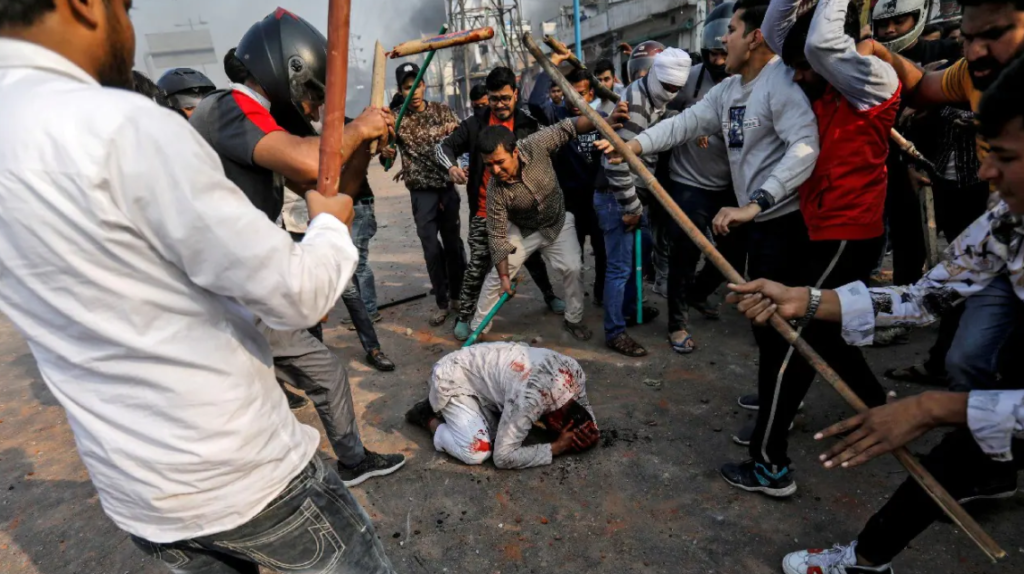
In photo: A group of men chanting the pro-Hindu slogan, beat Mohammad Zubair, during protests sparked by a new citizenship law in New Delhi – Feb 2020 (Image courtesy: Danish Siddiqui)
It was Danish who powerfully captured the moment when a shooter charged towards a group of anti-CAA demonstrators in the Indian national capital.
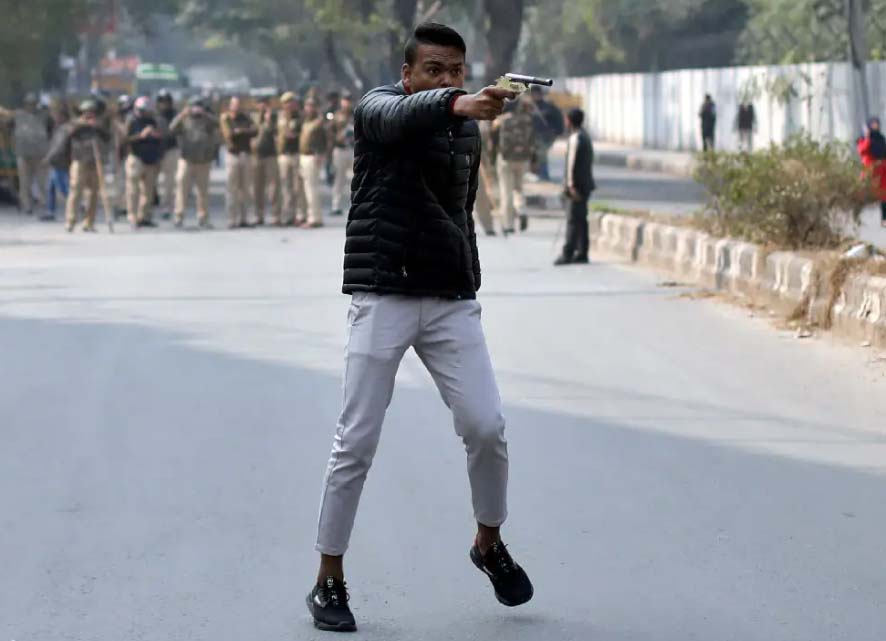
In photo: A man pointing a gun towards Anti-CAA demonstrators outside Jamia Milia University, New Delhi (Image Courtesy: Danish Siddiqui)
Second Wave of COVID-19 pandemic
When India was gripped by the second wave of COVID 19, there was chaos & news was pouring through all mediums. Most of them were directed towards ‘not showing the reality but his work spoke for itself and went viral not only in India but across the sea too.
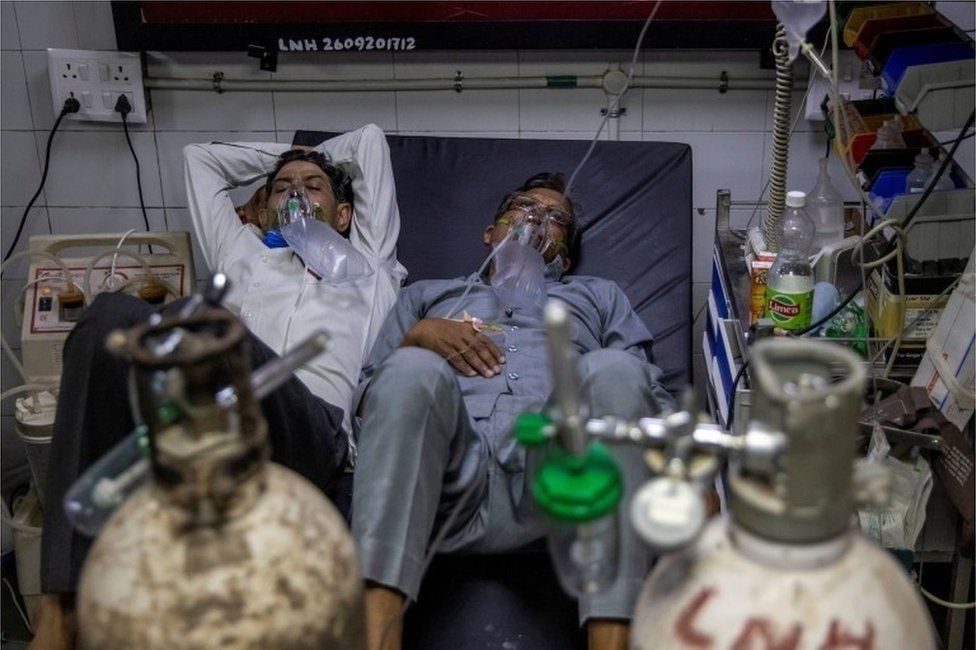
In Photo: People counting their breaths. Amid oxygen shortage in the state capital. It was the time when the healthcare system of the country was on the brink. The authority had very little time to augment the supply of basic medical needs. (Image courtesy: Danish Siddiqui)
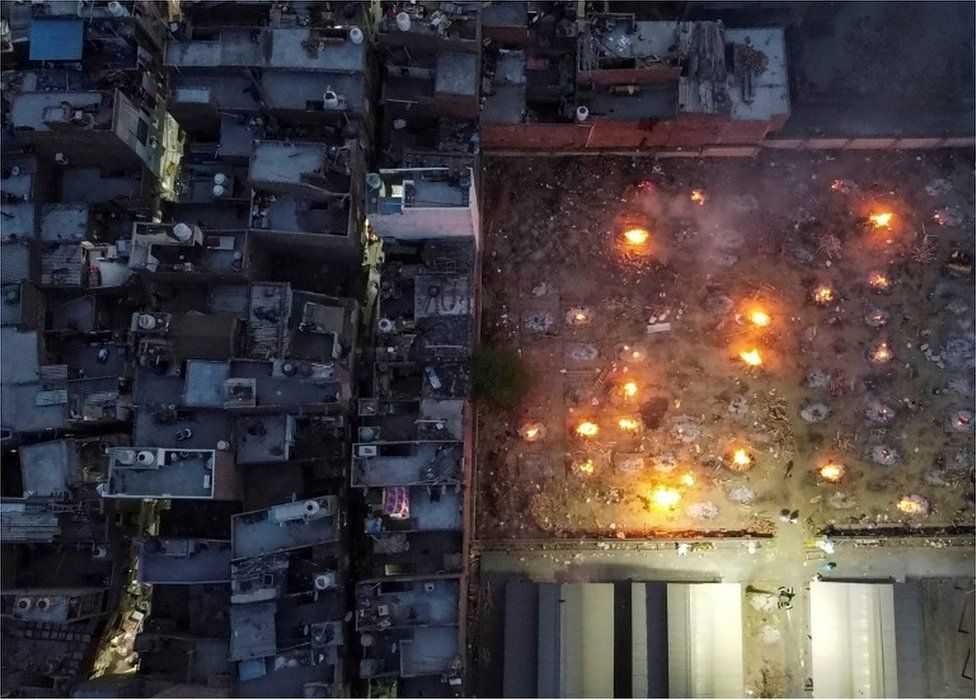
In Photo: The terrible view of the Second Wave. This shot became viral, depicting the true face of what it made us went through. Amid COVID 19 Second Wave. (Image courtesy: Danish Siddiqui)
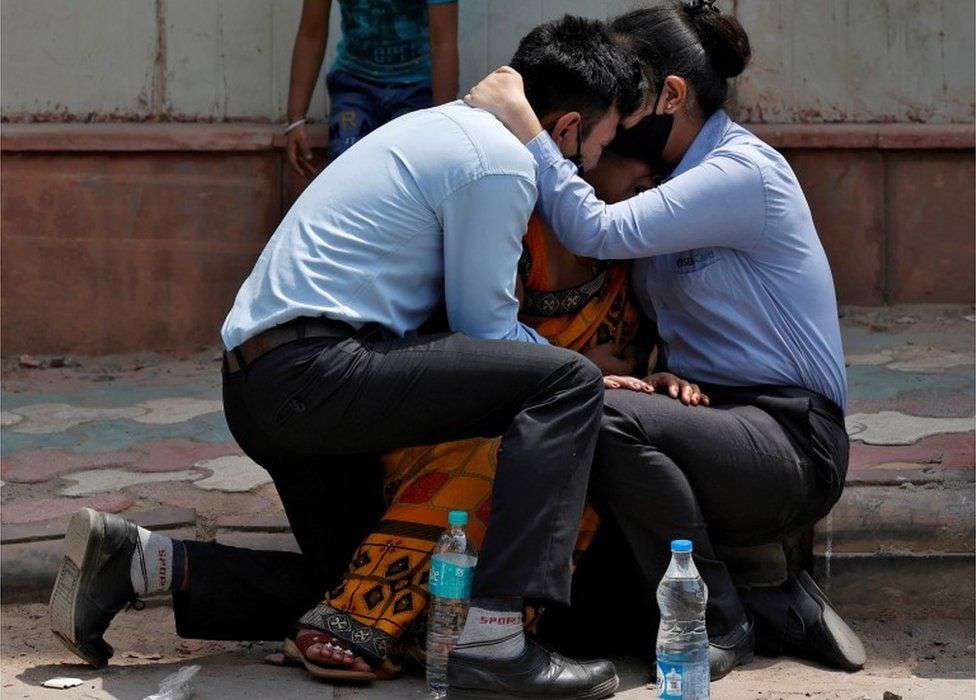
In Photo: A family mourning outside the hospital on losing a father, a husband due to Corona Virus. Amid COVID 19 Second Wave. (Image courtesy: Danish Siddiqui)
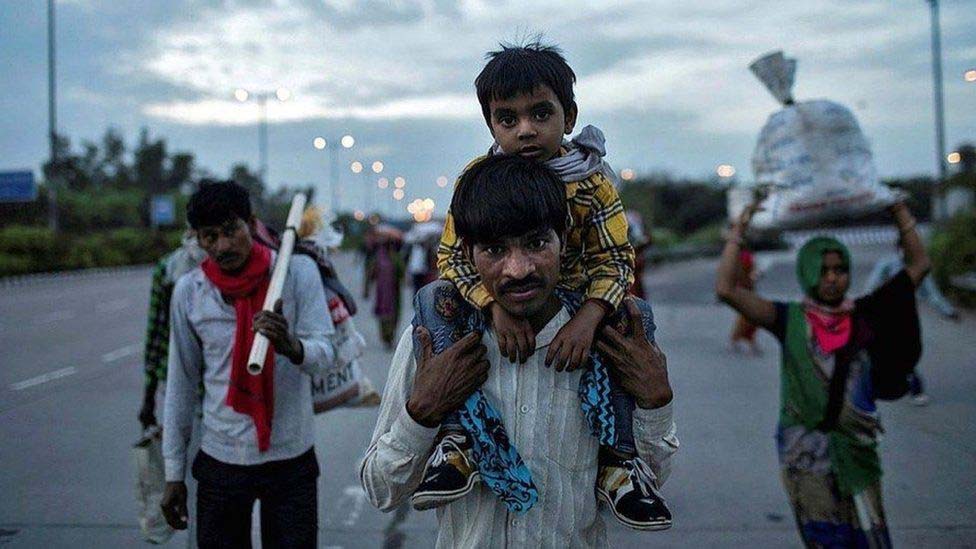
In photo: Ravindra Kumar & Family. With 500 rupees in his pocket, he was returning to his native place. It was for the second time due to a state-wide lockdown in Maharashtra. Amid COVID Second Wave (Image courtesy: Danish Siddiqui)
For the below images, Danish Siddiqui took Twitter to express his despair. He wrote, “Never imagined that I would be a witness to these scenes in my hometown. Coronavirus disease (COVID-19) continues to wreak havoc in New Delhi, India’s national capital. “
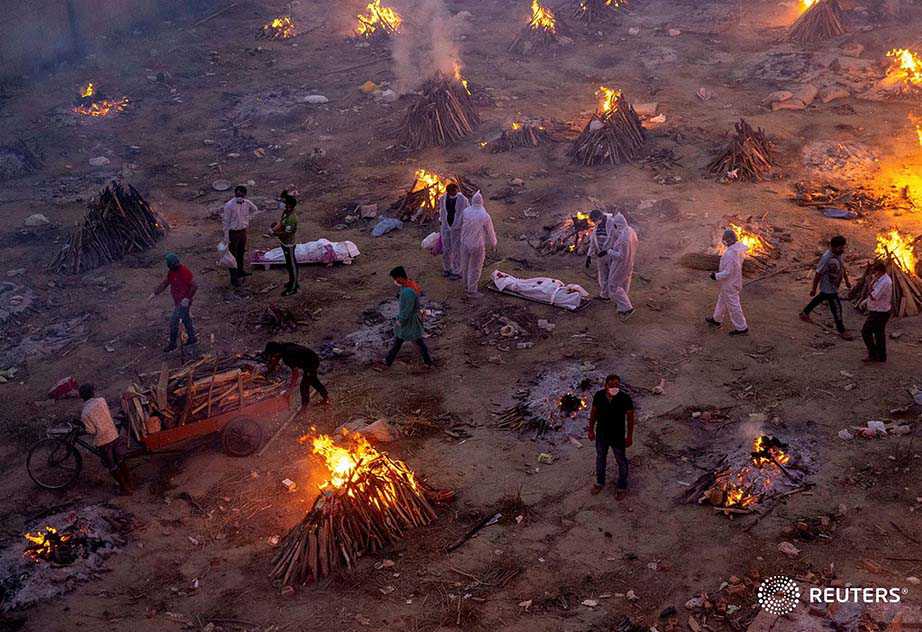
In photo: Cremations performed every 1 minute in the State Capital, New Delhi Amid COVID 19 Second Wave. (Image courtesy: Danish Siddiqui)
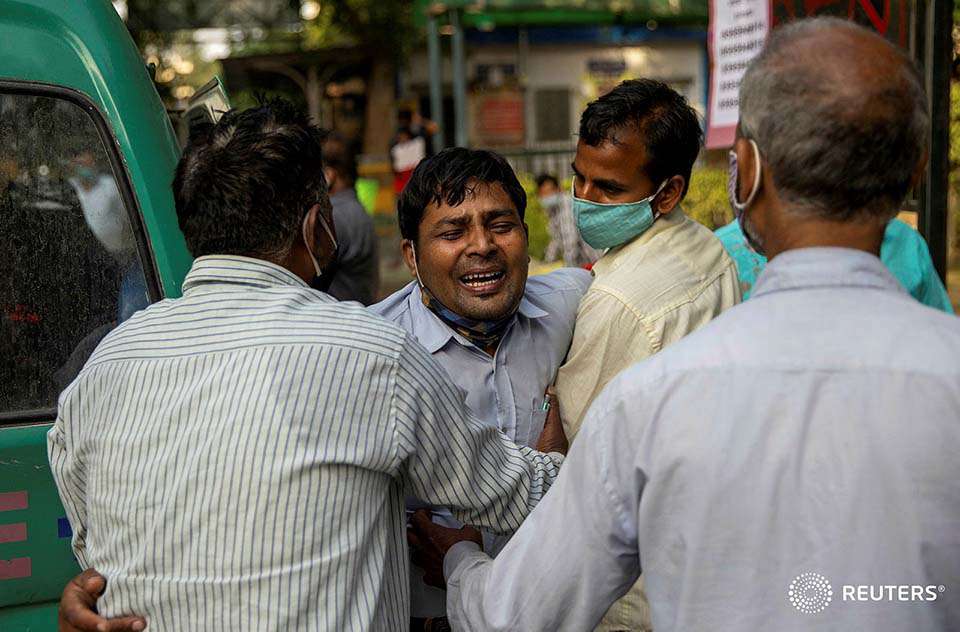
In Photo: A unconsolable man who just lost his wife & 23-year young daughter. Amid COVID 19 Second Wave. (Image courtesy: Danish Siddiqui)
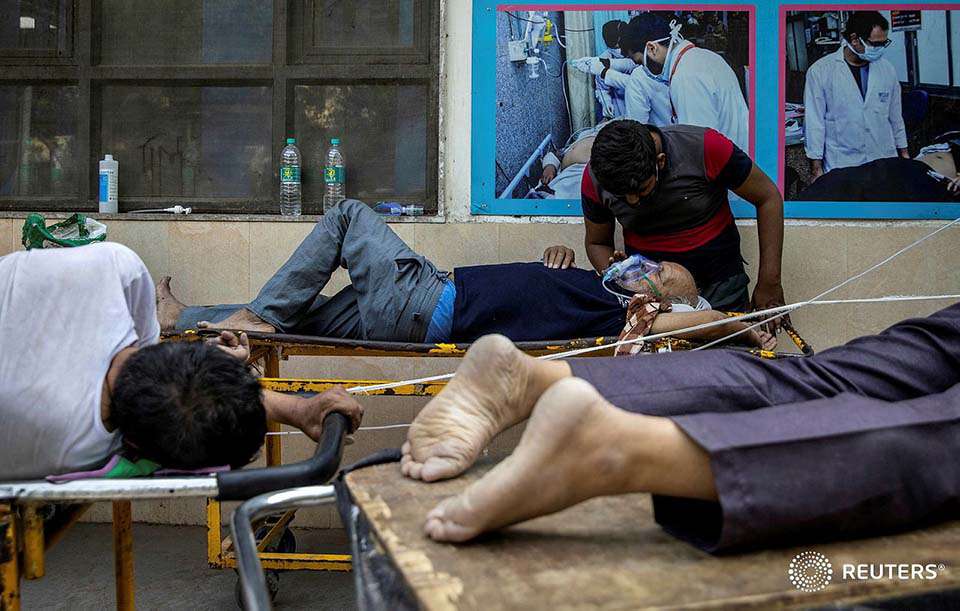
In photo: The scene of no bed availability in the State Capital. Amid COVID 19 Second Wave. (Image courtesy: Danish Siddiqui)
He documented History
His work always captured the sufferings of the people. They become a significant part of History. In an interview, he said once, “In a way, I am a historian as well. I have saved all those emotions exhibited by the people in front of my camera for documentation.” He always tried to capture the emotion behind the life story. And we can say he did a tremendous job.
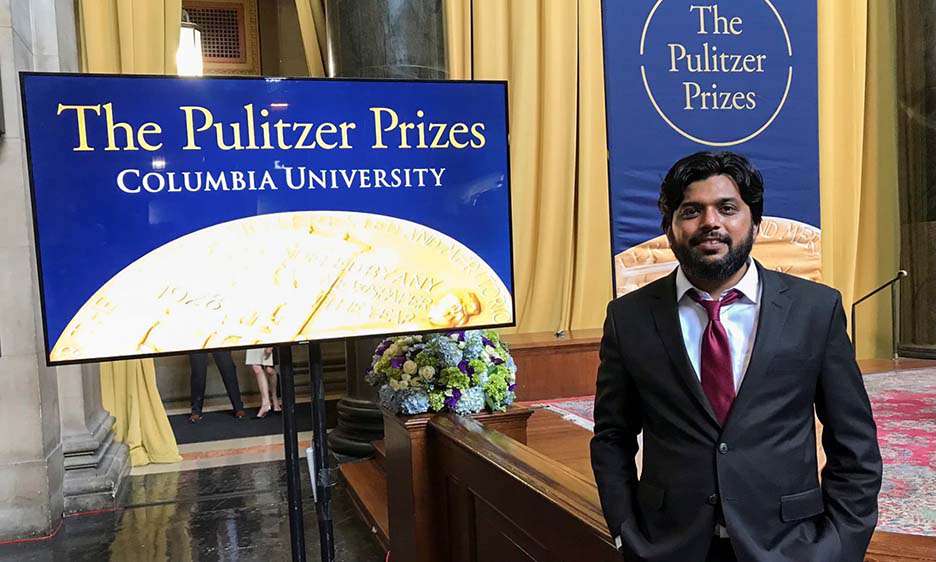
Danish Siddiqui, at Columbia University’s Low Memorial Library during the Pulitzer Prize giving ceremony, in New York, US, May 30, 2018.
His friends and colleagues described him as a man who cared about the stories he covered. His work reflects meticulous research. He never missed it. In fact, he always took it up before embarking on assignments. His main aim was to always focus on the people caught up in the news.
One of his colleagues, Devjot Ghoshal, Reuters correspondent based in New Delhi said, “Even in breaking news cycles he would think about humanizing a story, and you see that so often in his pictures, including those that won the Pulitzer and stories we have done in the last few years.”
“Ninety percent of the photography I have learned has come from experimentation in the field,” Siddiqui once wrote. “What I enjoy most is capturing the human face of a breaking story. I shoot for the common man who wants to see and feel a story from a place where he can’t be present himself.”
Some of his best works from the early days of his career:
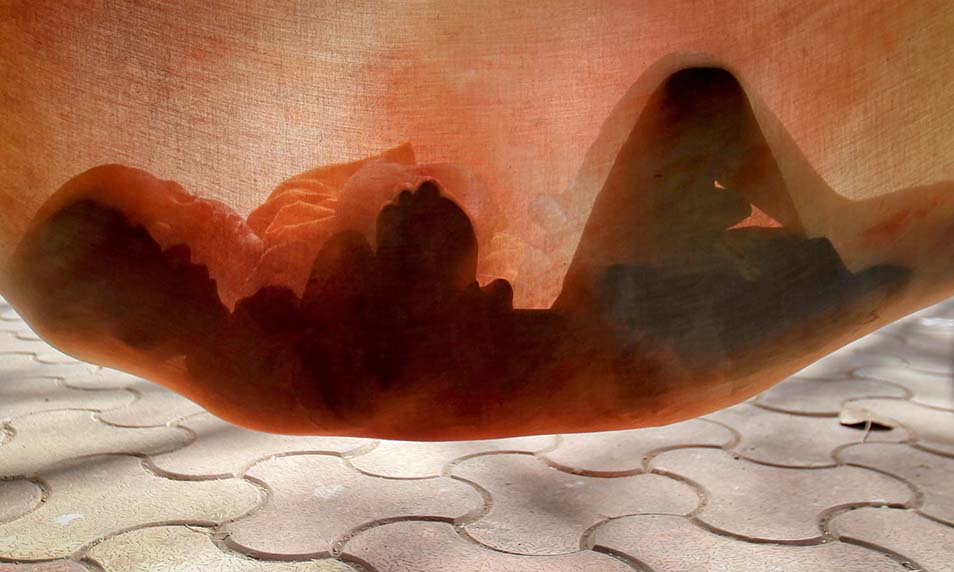
Three-year-old homeless boy Sarwar sleeps in a hammock along a sidewalk in Mumbai, March 7, 2012
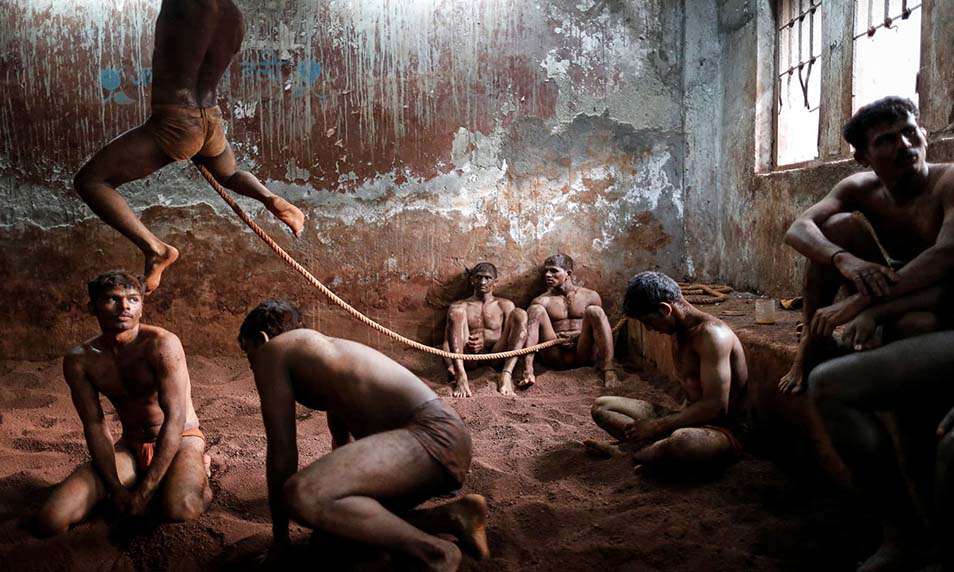
Wrestlers practice as others rests in the mud at a traditional Indian wrestling center called Akhaara in Mumbai, March 4, 2014.
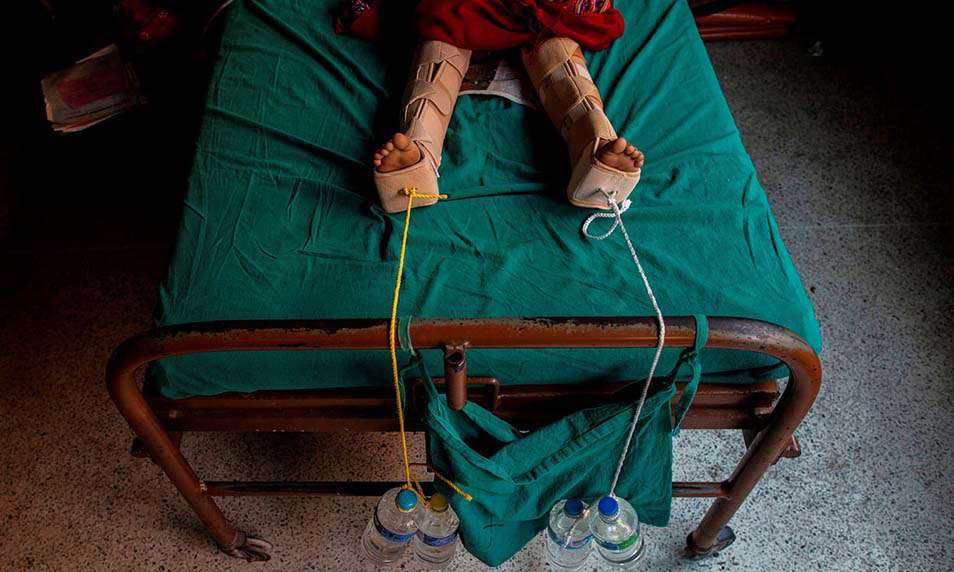
Ropes weighted down with water bottles are used to apply traction to the legs of an injured girl after she fractured them during an earthquake, at a hospital in Kathmandu, Nepal, on April 29, 2015.
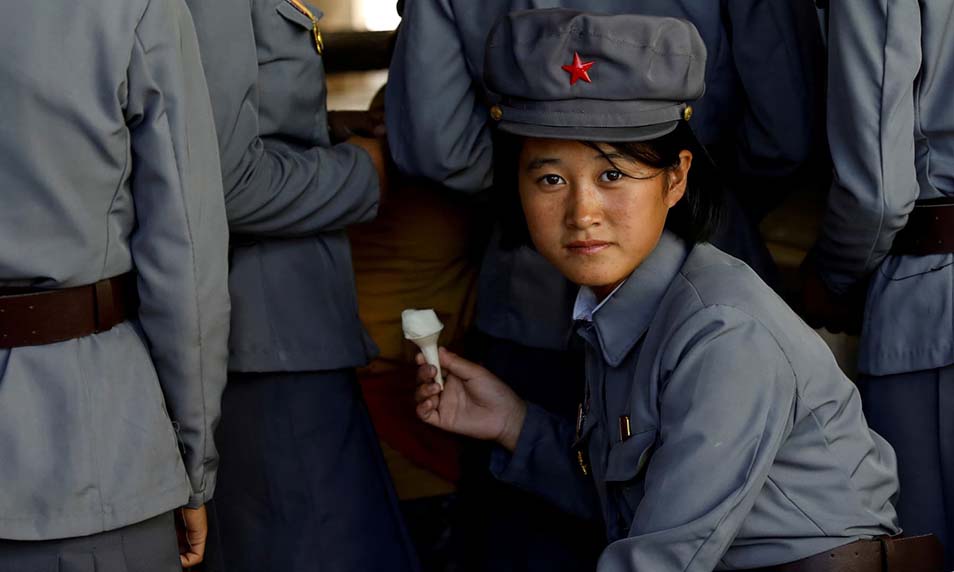
A soldier eats ice cream as she visits a zoo in Pyongyang, North Korea, on September 12, 2018.
He was a largely self-taught photographer who scaled the heights of his profession by documenting wars, riots, and human suffering. He will be remembered as the finest Photojournalist that Modern India has ever seen.
May his soul rest in peace.
The article is written by Alisha and her Instagram id is @yeah_me_alisha
This article is Curated by Vaibhav. His Instagram id is @frameshade
You can follow “THE UNCOMMON BOX” on the following social channels

